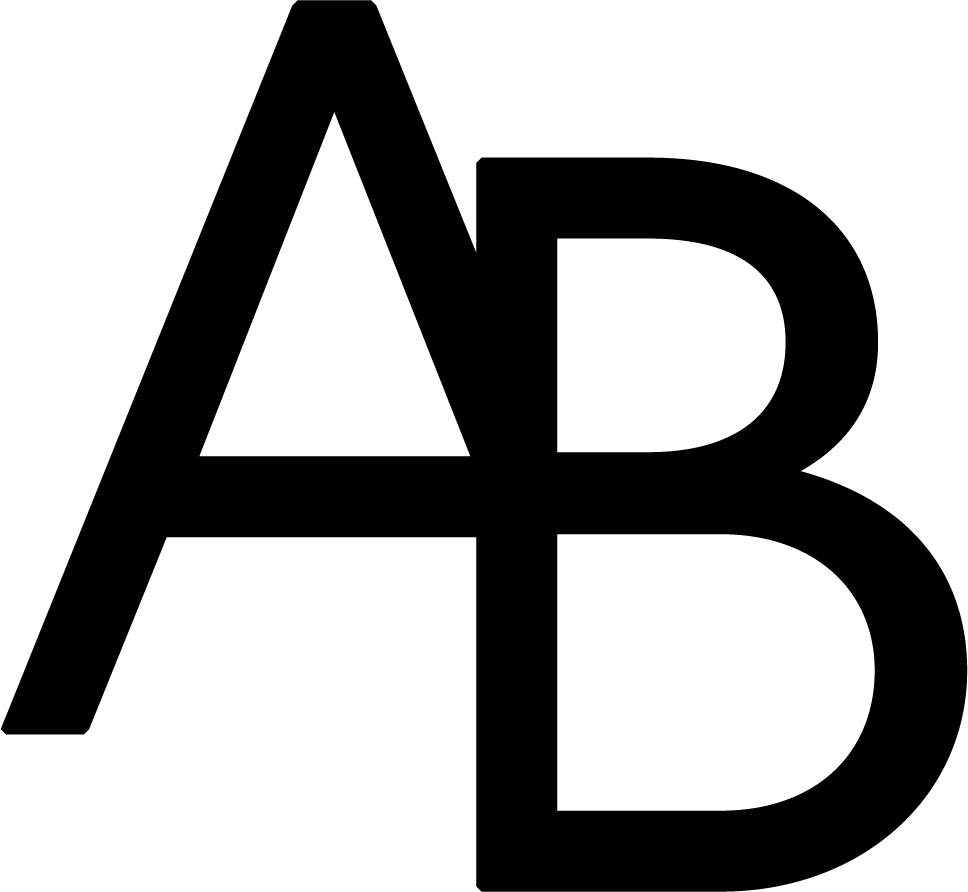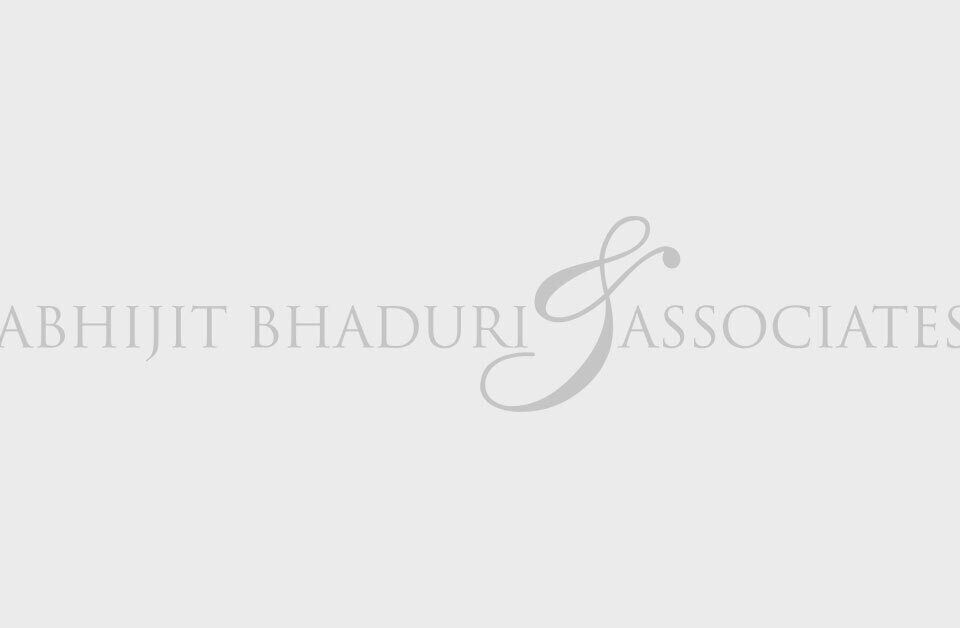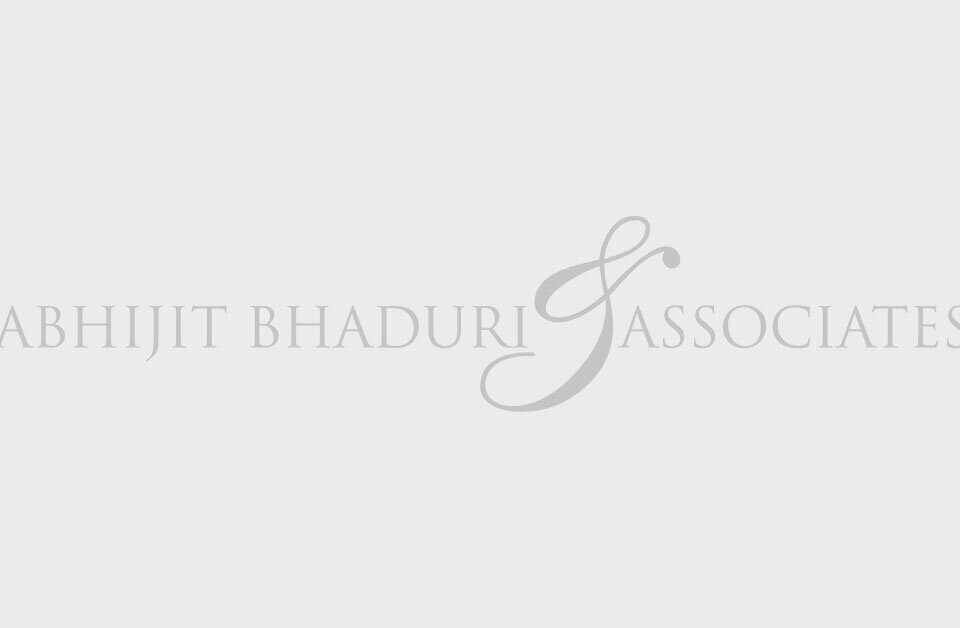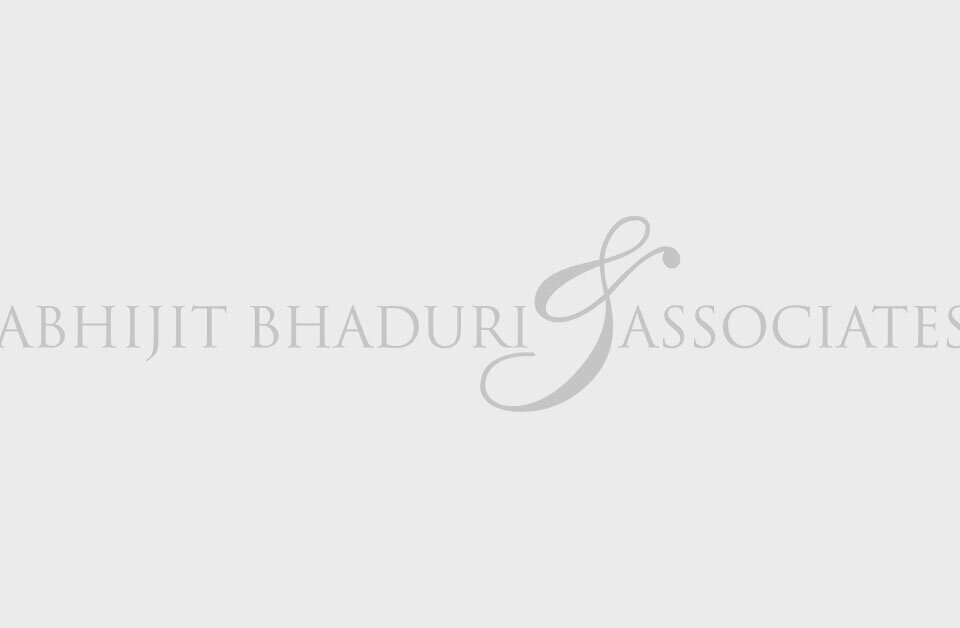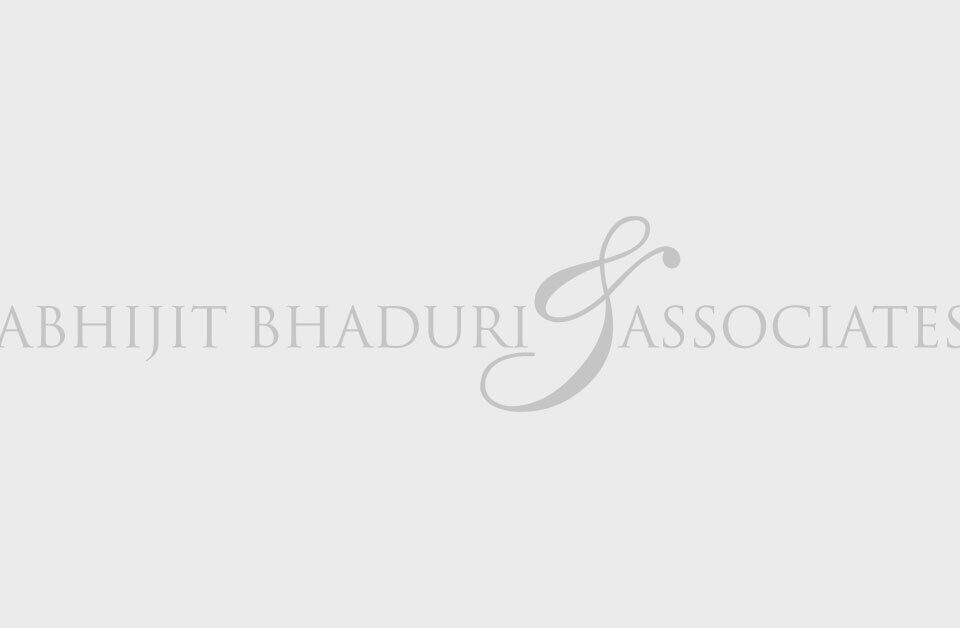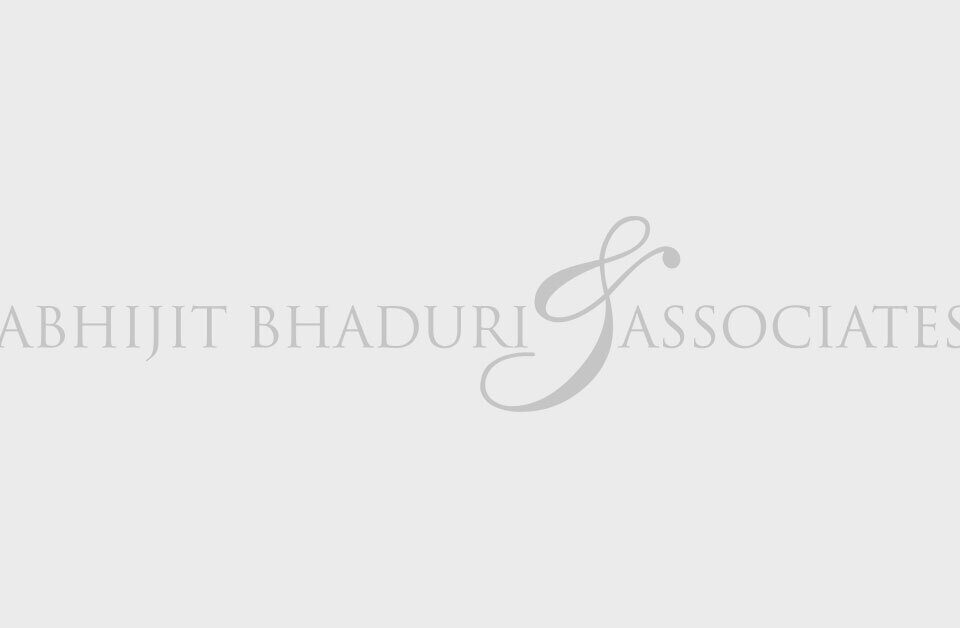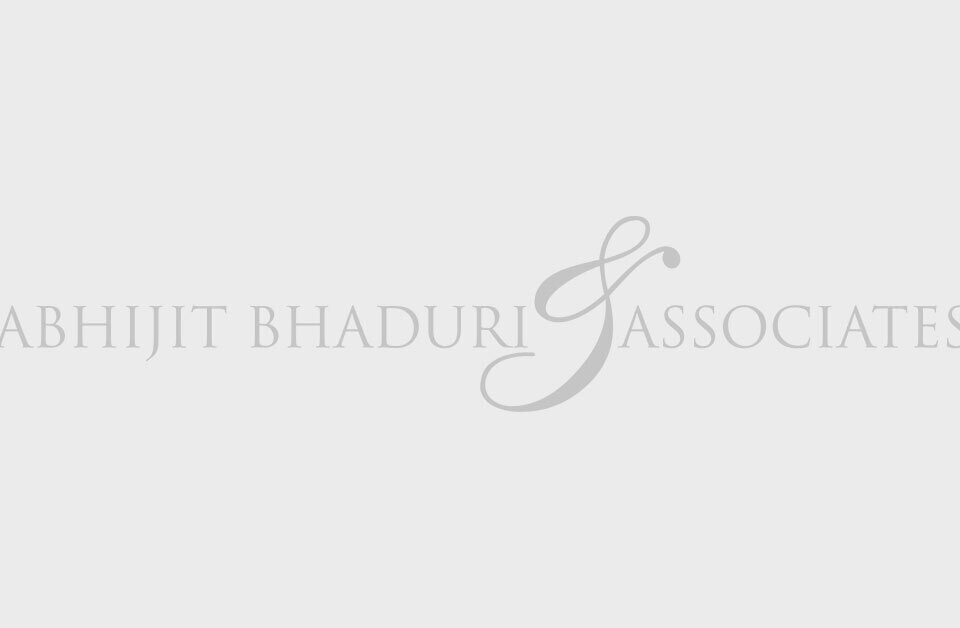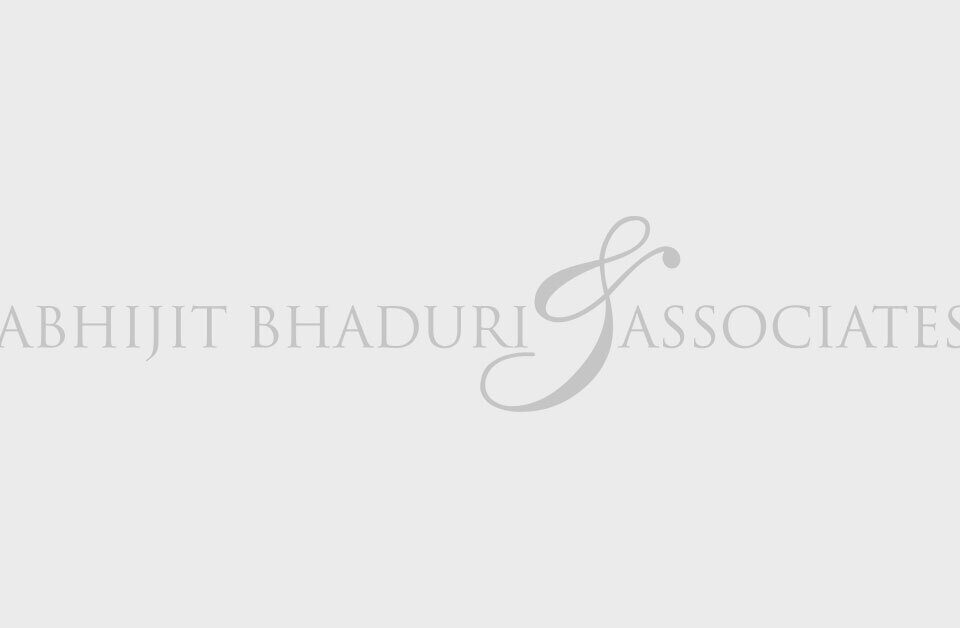The leaders cannot engage employees until they start levelling with them as equals. They have to stop looking at employees as fans who have gathered to watch the leader shake hands or make a brief appearance. The new media is all about two-way communication, conversations and deep engagement. They have no choice but to learn the new rules. That means rethinking the power equation between leaders and followers.
Machines already embedded into everything we do. How can we stay ahead? The book suggests five approaches that form the acronym AHEAD.
Anyone, anywhere, anytime is the new approach to work. Work can be sliced, diced and distributed across the globe based on skill and cost. Work can be done by people any time, across time zones. The workspace is anywhere. That also means that jobs are no longer what they used to be. They don't come with a lifetime warranty any more.
The digital shifts place a premium on innovation and speed. Creating small prototypes and testing them with consumers will help organizations move faster than their competition. This needs a very fundamental change in the way we view failure and innovation. We still hide our failures and feel ashamed. The Digital Tsunami will change how we view failure.
Do only the poor work for money? After all, I have seen even the highest paid employees bargain with clenched teeth about an amount that would be less than a percentage of their earning. When someone says, “It is not about the money, it is the principle of the thing that I care about”. You can bet that it is indeed only about the money. Or are we missing the point?
Stress is a silent killer. But you know that. What you don't know is how almost half the workforce is suffering from its ill effects. Loneliness is the biggest curse of the contemporary India. The pressure to find employment drives people to uproot themselves from their friends and family. That takes away the biggest mental safety-net one could have. Software engineers have often said that they dread weekends because they have no friends in the city where they are now working. Hanging around in malls is a poor substitute.Loneliness is a curse - but how is it killing the workplace? Read on...
A rating of the employees’ health could legitimately be part of a company's balance sheet. It fits in well with the philosophy of sustainability. Obesity and tobacco usage has been also shown to impact productivity. Knowing that one company has a healthier workforce than its competitors could be a competitive advantage. Investors may also benefit from knowing about the mental health and well-being of a firm’s employees. Occupational health psychologists will point out that stress free employees are less likely to make errors in certain jobs. Does the employer have the right to track the data related to employees' health and wellness?
In BCG’s list of 50 most innovative companies of 2015, auto companies like Toyota, BMW, Daimler and Tesla compete with Apple, Google, Microsoft and Amazon for the top spots. Technology-enabled innovation cuts across industries. So suddenly tech talent has choice of joining any company they choose to.
